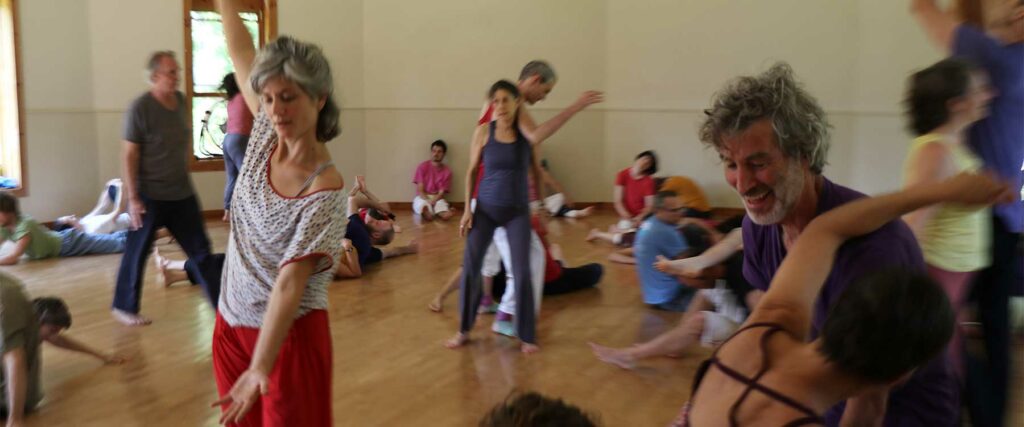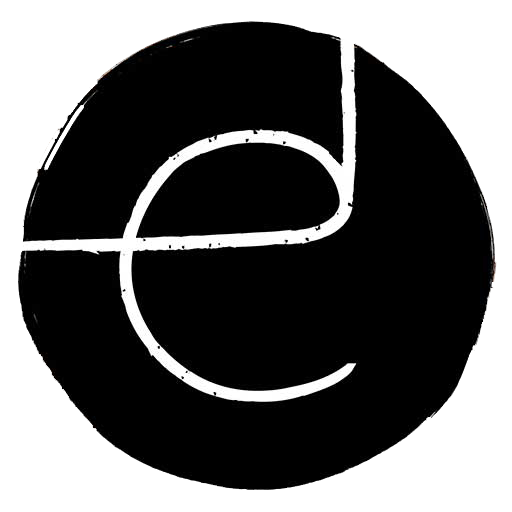Contact Improvisation as a movement form and practice has been central to Earthdance’s history and development. Contact Improvisation is studied at Earthdance in workshops, classes, and festivals. It is also practiced in regular monthly community contact jams and in longer multi-day contact jams.
Contact Improvisation as a concept and influence also impacts daily experience for staff, volunteers, and guests at Earthdance. It has played a part in the construction of our facilities, in the way we prepare food, in the way we seek to interact with each other and with the land.
See the upcoming CI jams and workshops on our Events Calendar

What is Contact Improvisation
There are many ways of defining the dance form Contact Improvisation. Here are just two:
Contact Improvisation is an evolving system of movement initiated in 1972 by American choreographer Steve Paxton. The improvised dance form is based on the communication between two moving bodies that are in physical contact and their combined relationship to the physical laws that govern their motion—gravity, momentum, inertia. The body, in order to open to these sensations, learns to release excess muscular tension and abandon a certain quality of willfulness to experience the natural flow of movement. Practice includes rolling, falling, being upside down, following a physical point of contact, supporting and giving weight to a partner.
Contact improvisations are spontaneous physical dialogues that range from stillness to highly energetic exchanges. Alertness is developed in order to work in an energetic state of physical disorientation, trusting in one’s basic survival instincts. It is a free play with balance, self-correcting the wrong moves and reinforcing the right ones, bringing forth a physical/emotional truth about a shared moment of movement that leaves the participants informed, centered, and enlivened.
—early definition by Steve Paxton and others, 1970s, from CQ Vol. 5:1, Fall 1979
Contact Improvisation is an open-ended exploration of the kinaesthetic possibilities of bodies moving through contact. Sometimes wild and athletic, sometimes quiet and meditative, it is a form open to all bodies and enquiring minds.
—from Ray Chung workshop announcement, London, 2009
